Choosing fabrics for Ballroom and Latin Dance Competitions can be a difficult task. Below are some of the most common fabrics used for ballroom gowns, tail suits and Latin dresses for competitive Dancesport.
A perfect dance outfit should not hamper movement and should breath, whisking away moisture. Fabrics used for making competitive ballroom apparel can be found at your local fabric store. If the fabric you need are not on the shelf, ask the manager if they can order it for you.
When choosing material for a future dance outfit, you need to pay close attention to the quality of the fabrics and in what parts of the dress you are going to use these fabrics.
You will need to take into account the lighting effects at competitions as well. Fabric stores generally have conventional yellow florescent lighting, but in dance sport competitions they commonly use halogen floodlights. Therefore, in-store pastel fabrics will have a much warmer tone than at competitions.
You should also keep in mind that if the fabric for a competitive dress or suit are purchased in different stores or at the same store at different times, be sure to compare both fabrics in the daylight.
Below are examples of fabrics that are commonly used in competitive ballroom and Dancesport competitions for dresses, gowns, pants and tail suits.
Lycra or Supplex Fabric
Lycra or Supplex fabric stretches in all directions, rather dense tissue.
This fabric retains its color in the wash and it does not need ironing.
Lycra can be done as a separate bodysuit for the dress or the costume as a whole.
Thin lycra gives the feeling of “second skin” and is form fitting.
Viscose Fabric
Viscose Fabric is a thinner material than Lycra or supplex.
It also moves well and is more of a natural fabric than Lycra.
As a rule, viscose is used for gowns and Latin shirts as well.
There are multiples colors so if you can’t find the color locally, you can order it from you fabric store.
Silk & Satin Fabric
Satin and Silk Fabrics are used for a fluorescent effect.
It is commonly used for Ballroom gowns for International Standard and American Smooth.
This fabric reflects beautifully under competition lighting and is inexpensive as well.
Silk and satin fabrics not stretch very well. They now make stretch satin fabrics but are a bit more in price.
Velvet Fabric
Velvet Fabric is a great fabric for women that have slender builds.
This fabric gives a timeless classic-style, rich in character.
Velvet is commonly used in places or parts of your body that you may want to emphasize.
Remember that this material is thicker and heavier so it cannot breath as easy as the other fabrics.
Chiffon Fabric
Chiffon Fabric is one of the most delicate fabrics commonly used for sewing competition dresses.
This is mostly used for International Standard (European) and American Smooth dresses.
When choosing chiffon, it is important to consider the number of layers you are going to use; the more layers, the more darker the original color will become.
Pearl-chiffon is commonly used in making dance dresses and goes perfect with skirts made with hints of satin.
Organza Fabric
Organza Fabric is a thin, transparent or sheer fabric that naturally comes with a sheen, reflecting various shades.
Organza often make the flounces and petticoats for the dress but is much stiffer that chiffon.
Organza is usually woven with synthetic filament fibers such nylon and polyester.
Fatin Fabric
Fatin Fabric is a clear, tough slack tissue that can be laced with sequins, crystals, dots, flies or small flowers and more.
Fatin is commonly used for making tulle layers that are feathered down the skirt or dress to give it a fuller more extravagant look.
This fabric should not be put on the tulle petticoat, because this tough fabric will scratch the legs and cling to tights.
Mesh Fabric
Mesh fabric is one the most commonly used fabrics for making DanceSport apparel.
This material is thin and is generally made in a nude color to give the effect that nothing is there.
If crystals or sequins are added to this nude fabric, it gives the illusion that the stones are attached directly on your skin.
Mesh is for making totally enclosed suits, where the material covers the back and arms giving the dress an alluring and mysterious look.
Lace Fabric
Lace Fabric is generally applied to the mesh fabric for a classy yet sexy effect.
You should bear in mind that lace usually requires a lot of stones since a small amount will go unnoticed in the lace
This lace fabric can now be found is some stores that are pre-embroidered with sequins, beads, sequins, crystals and lyuriksom.
This fabric is quite expensive, but also really stands out on the ballroom dance floor under lights.
Frachnaya Fabric
Frachnye Fabric is the material for tail-suit pants.
These pants are very similar to tuxedo pants but have a double silk strips on the sides.
Trouser Fabric
Trouser Fabric for Latin American style of dance can vary.
This fabric is generally classic black with stretch properties that bend with your every move.
The pants can have sequins and Lurex attached easily.
Source dancesportevents

 7:35 AM
7:35 AM
 Salsa Circuit
Salsa Circuit











 Posted in
Posted in









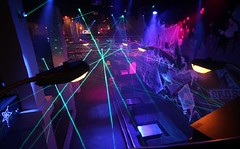

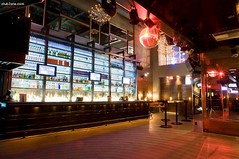
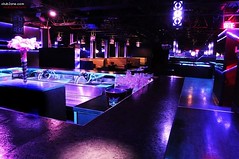
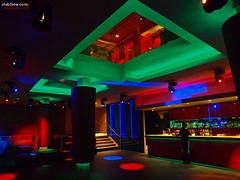




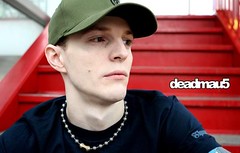
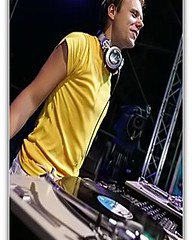



4 comments:
I found gorgeous ballroom dresses here, check out, I'm sure you'll love it.
Your blog is very informative and gracefully. Your guideline is very good. Thank you
Lycra Fabrics | Mumbai Fabrics
I like to wear Indian dresses from dress materials. Its So Comfortable.
nice information, Thanks a lot for the comments,
viagra generic 100mg online
Post a Comment